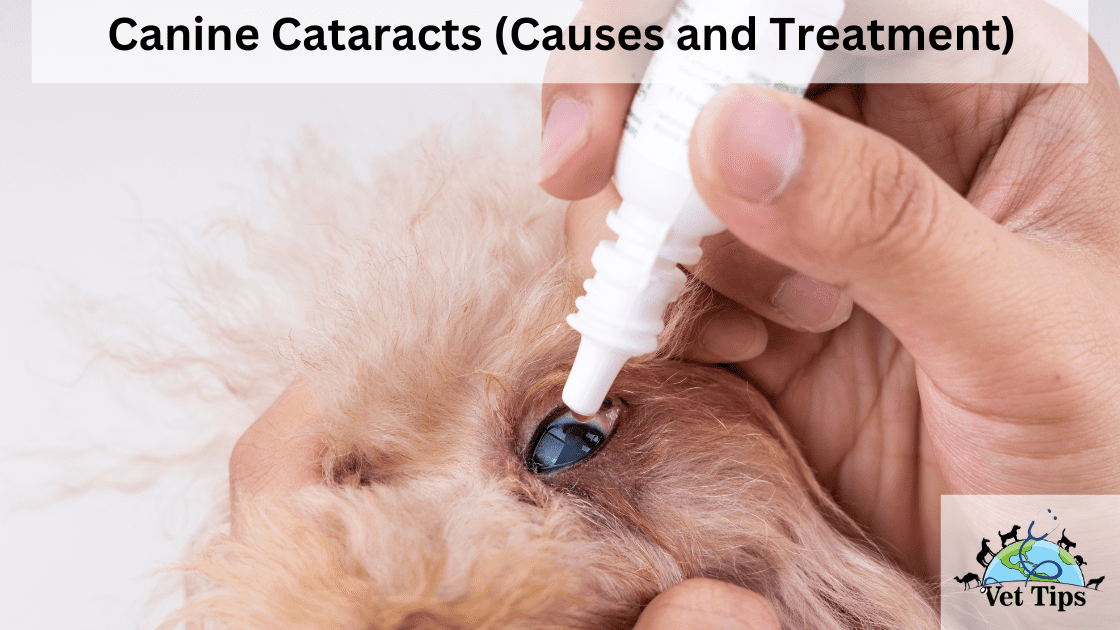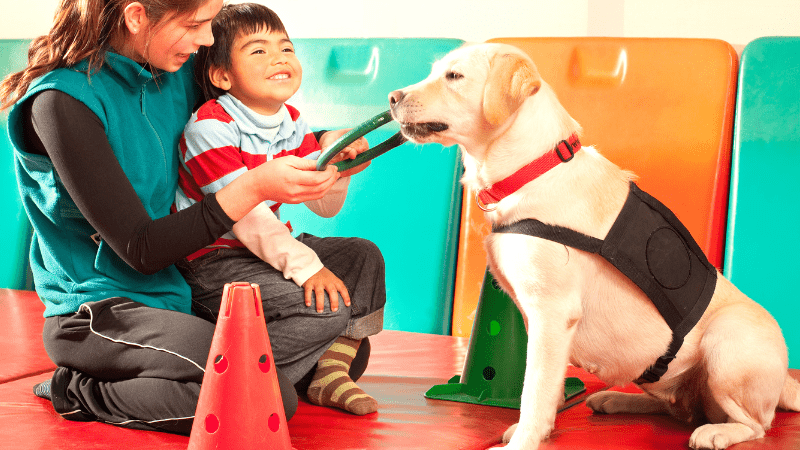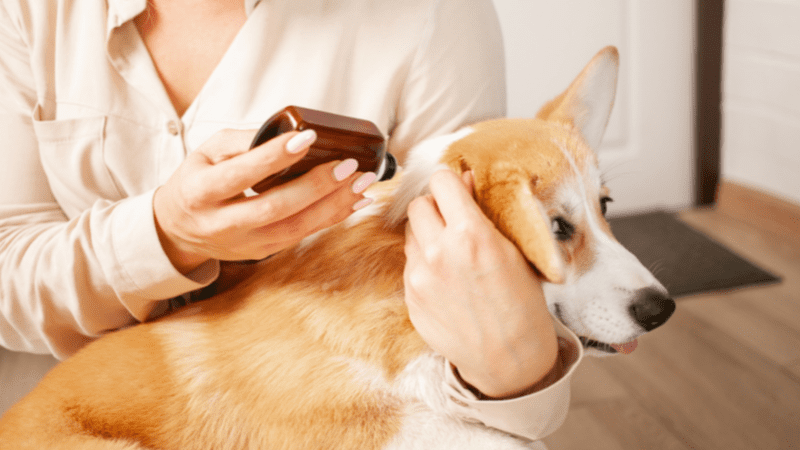Canine Cataracts (Causes and Treatment) are one of the most recurrent causes of visual loss in dogs, leading to blindness in many cases.
When the lens of a dog’s eye gets cloudy due to changes in the water balance or changes in the proteins within the lens, the dog gets a cataract. Light cannot reach the retina when the lens becomes clouded, resulting in blindness. Behind your dog’s iris, a mature cataract appears as a white disc. The ordinarily black region of the eye will now seem white.
Detecting and diagnosing canine cataracts
Make an appointment with your vet-doc if you’re concerned that your dog may have cataracts. Your veterinarian will thoroughly examine your dog’s eyes. A doctor can discover cataracts that are only growing or are immature and haven’t yet started harming your dog’s vision using a bright light and a magnifying lens. Your veterinarian can also check for other eye issues associated with cataracts, such as anterior uveitis (inflammation) and glaucoma (increased pressure). He will screen for systemic disorders that can affect vision, such as diabetes and hypertension, through blood tests and blood pressure checks. Exam findings, clinical indicators, and test results are taken together will provide an overall picture of your dog’s health and eyesight.
Cataracts can form gradually or practically instantly. You may not notice any changes in your dog during the early stages, but after cataracts have matured (totally blocking light transmission to the retina), he will be blind. He may collide with walls or furniture, be unsure of stairs, and have difficulty finding his food and water bowls. Dogs, on the other hand, are highly adaptive and quickly learn to function without sight. If cataracts develop slowly, you may not even realize your dog is blind.
Canine cataracts and their causes
Cataracts are typically passed down through the generations. Scientists have discovered DNA abnormalities that raise the incidence of cataracts in various dog breeds. Hereditary cataracts are reported to affect more than 100 dog breeds. Your dog is at a higher risk of acquiring cataracts if he carries the gene mutation. Although genetic testing is available, please keep in mind that not all dogs with the mutation get cataracts, just as not all dogs without the mutation do.
Diabetes is another prevalent cause of cataracts. Within a year after being diagnosed with diabetes, almost all diabetic dogs get cataracts. Cataracts arise when high blood sugar levels disrupt the balance of water in the lens. Diabetic cataracts often develop quickly, with a dog loses sight within a day or two of experiencing any symptoms. Veterinary research has focused on delaying or avoiding diabetic cataracts. Oral antioxidants may help to postpone formation, so ask your veterinarian for advice. Furthermore, a potential new eye solution is seeking FDA approval that may delay or prevent the formation of diabetes cataracts.
What are the options for treating cataracts?
Surgery, performed under general anesthesia, is the only successful vision-restoring treatment for cataracts. Phacoemulsification is a procedure for removing cataracts that are commonly used. This method fragments and removes material from inside the lens using specialized equipment. The surgery aims to eliminate the opacity and replace the lens bag with an artificial intraocular lens (IOL). The vast majority of eyes, but not all, can benefit from an IOL, which helps the eye focus light on the retina.
If an IOL cannot be implanted, the animal will be farsighted yet see. All patients treated at the RVC are given eye drops every day for the rest of their lives to help with their ocular health after surgery. If both eyes have operable cataracts, surgery in both eyes simultaneously (bilateral surgery) is suggested. The recommendation is based in part on the fact that the patient will only require one anesthetic and one post-operative period.
Tell us in your comments how you like our article “Canine Cataracts (Causes and Treatment)”.
For similar posts like this click here.
For the source file click here.








One thought on “Canine Cataracts (Causes and Treatment)”